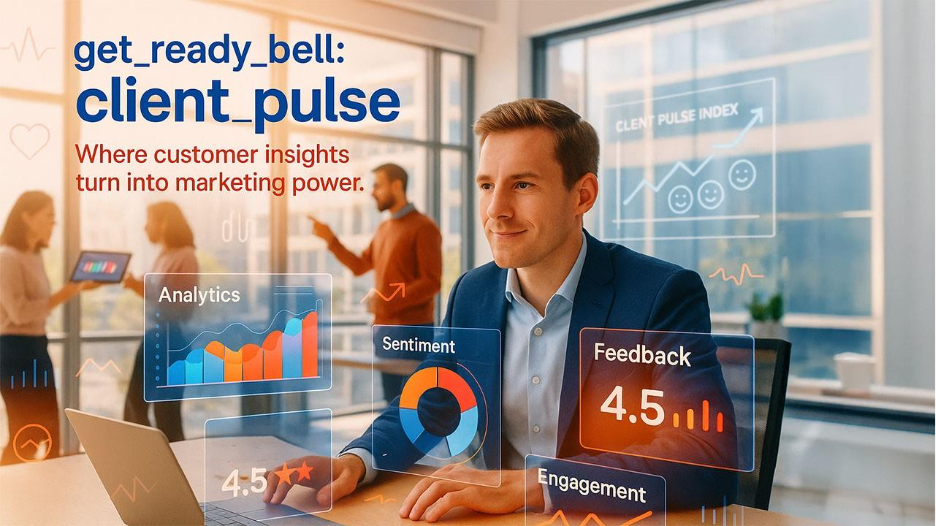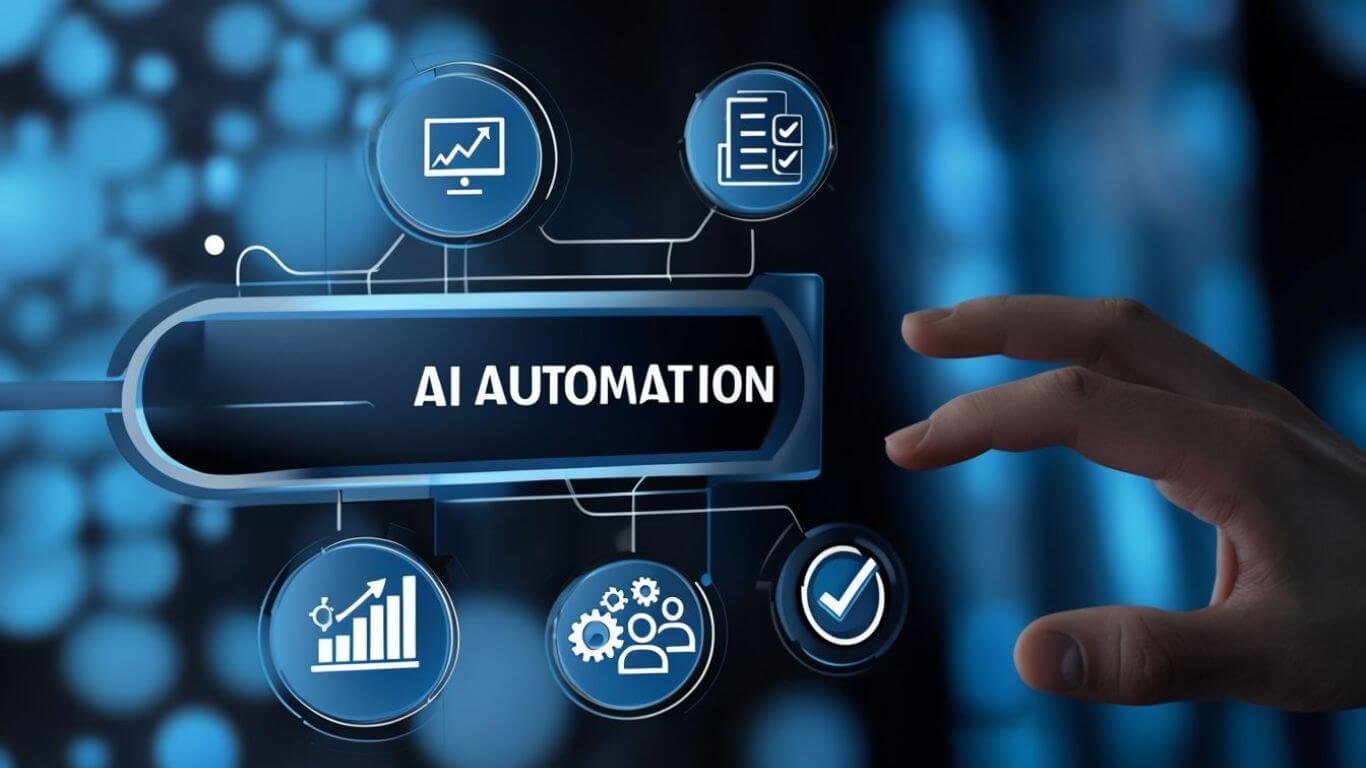What Are AI-Powered Trading Platforms and How Do They Work?

The financial trading landscape has evolved drastically over the past decade. Gone are the days when traders relied solely on intuition and manual analysis. With rapid advancements in technology, AI-Powered Trading Platforms have become the cornerstone of modern trading. These platforms leverage artificial intelligence and machine learning to automate decision-making, predict market trends, and execute trades with precision and speed that humans simply can’t match.
In this blog, we’ll explore what AI-powered trading platforms are, how they function, and why they are transforming the way individuals and institutions invest in the global markets.
What Are AI-Powered Trading Platforms?
AI-powered trading platforms are advanced software systems that utilize artificial intelligence (AI), machine learning (ML), and data analytics to manage trading activities. Unlike traditional trading systems, which depend on human input and analysis, AI-driven platforms can analyze massive datasets in real-time to make informed trading decisions.
These platforms are designed to identify patterns, assess risks, and execute trades automatically based on pre-set algorithms and predictive models. The main goal is to enhance profitability, reduce human error, and adapt to constantly changing market conditions.
Core Components of AI-Powered Trading Platforms

AI trading systems are made up of several interconnected components that work together to analyze, predict, and act on market data.
1. Data Collection and Analysis
AI platforms gather vast amounts of real-time and historical data from multiple sources — including financial news, stock prices, market indicators, and even social media sentiment. The system then uses this data to identify patterns and correlations that might influence future market movements.
2. Machine Learning Algorithms
Machine learning is the engine behind AI trading. Algorithms are trained on historical data to recognize patterns in market behavior. Over time, the system “learns” from previous outcomes, continuously improving its accuracy in predicting price movements and trading opportunities.
3. Predictive Modeling
AI trading platforms use predictive analytics to forecast future price trends based on past data. These models assess probabilities and generate trading signals that suggest when to buy or sell assets.
4. Automated Execution
Once the system identifies a trading opportunity, it can automatically execute buy or sell orders without human intervention. This ensures that trades are made at the optimal time, reducing emotional decision-making and delays.
5. Risk Management Tools
AI-powered platforms also include built-in risk management features that monitor volatility, set stop-loss levels, and diversify portfolios. These mechanisms help protect traders from large losses and ensure consistent long-term performance.
How Do AI-Powered Trading Platforms Work?
To understand how these platforms function, it’s essential to break down their process into key operational stages:
Step 1: Data Ingestion and Processing
The platform starts by collecting large volumes of structured and unstructured data. This includes stock prices, trading volumes, global economic indicators, and even textual data such as financial news and tweets.
Step 2: Algorithm Training
Next, machine learning models are trained on this data. The AI system analyzes historical price movements to detect recurring trends or signals that led to profitable outcomes in the past.
Step 3: Signal Generation
Once trained, the model can process live market data to generate trading signals — these indicate potential buy or sell opportunities based on predicted price movements.
Step 4: Automated Execution and Monitoring
After a signal is generated, the platform can execute trades instantly. AI continuously monitors open positions and market conditions to adjust or close trades as necessary, optimizing profit while minimizing risk.
Step 5: Continuous Learning
One of the most powerful aspects of AI trading systems is their ability to learn from mistakes. After each trade, the system analyzes performance data to fine-tune algorithms and improve future predictions.
Advantages of Using AI-Powered Trading Platforms
1. Speed and Efficiency
AI systems process data and execute trades within milliseconds, far faster than any human trader could react.
2. Accuracy and Objectivity
AI eliminates emotional biases that often lead to poor trading decisions. All actions are based on data-driven insights rather than instincts.
3. 24/7 Market Monitoring
Unlike humans, AI systems can operate round-the-clock, ensuring that trading opportunities are never missed.
4. Improved Risk Management
Automated systems can instantly detect high-risk situations and adjust strategies to protect investments.
5. Continuous Improvement
Through machine learning, these platforms get smarter over time, enhancing their predictive accuracy with every trade executed.
Popular Examples of AI-Powered Trading Platforms
There are several AI-based platforms gaining popularity in global markets. One such platform, 5starsstocks .com, provides intelligent tools that help traders make informed investment decisions using predictive analytics. Platforms like this demonstrate how AI is making trading more accessible, efficient, and data-driven for users worldwide.
Challenges and Limitations
Despite their benefits, AI-powered systems are not foolproof. They rely heavily on data quality, and inaccurate or biased data can lead to flawed decisions. Moreover, algorithmic trading can sometimes amplify market volatility during sudden fluctuations. Therefore, human oversight and ethical AI practices remain crucial to maintaining stability and transparency.
The Future of AI in Trading
The role of artificial intelligence in trading is only expected to expand. With advancements in deep learning, quantum computing, and big data analytics, AI will continue to redefine how trading platforms analyze and respond to financial markets. In the near future, we may see even more autonomous systems capable of adapting instantly to geopolitical events, news sentiment, and economic trends.
Conclusion
AI-powered trading platforms are revolutionizing the financial world by combining speed, accuracy, and intelligence. They empower both individual traders and large institutions to make smarter, data-backed decisions in a highly competitive market. While challenges remain, the potential for innovation and growth is undeniable. As AI continues to evolve, it’s clear that these platforms represent the future of global trading — efficient, automated, and relentlessly intelligent.
Related Post
Troozer Com vs Alternatives (Comparison with Similar Platforms)




